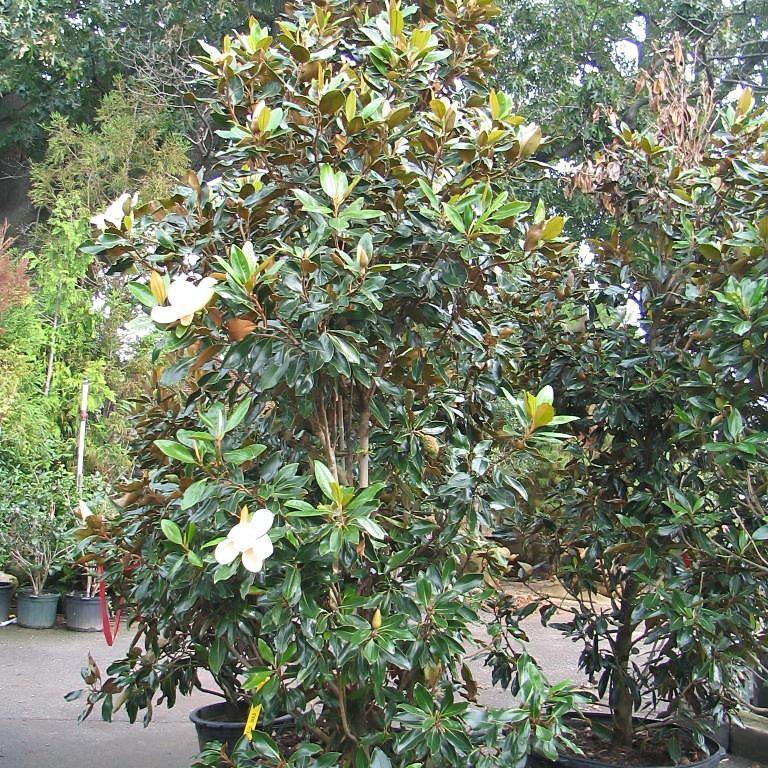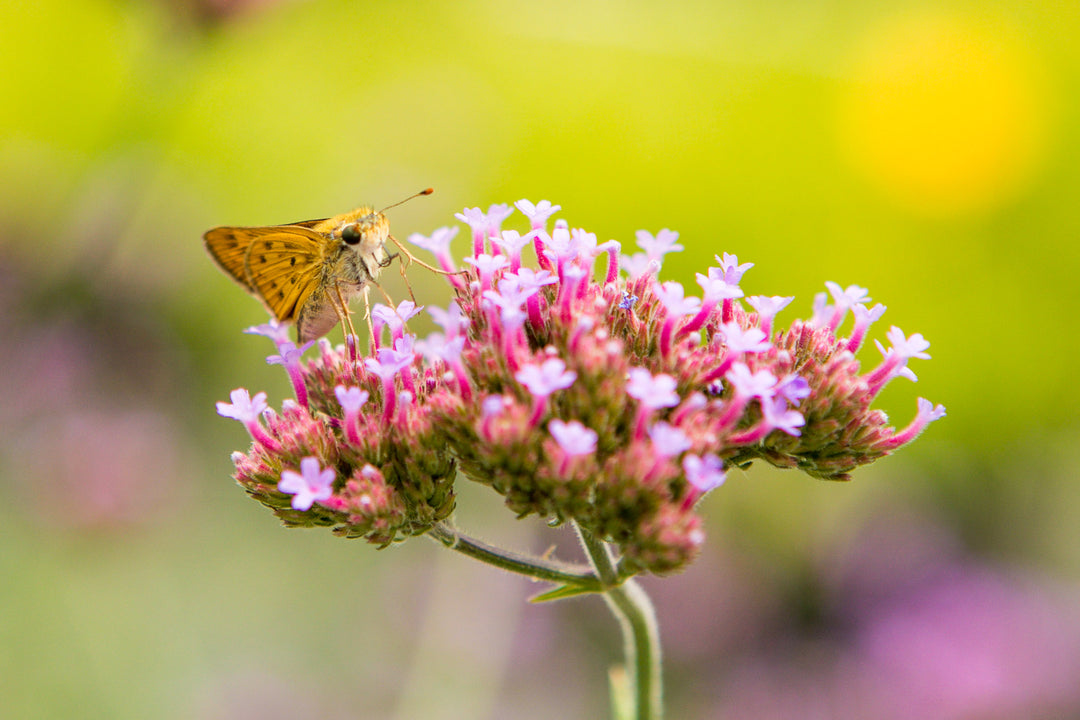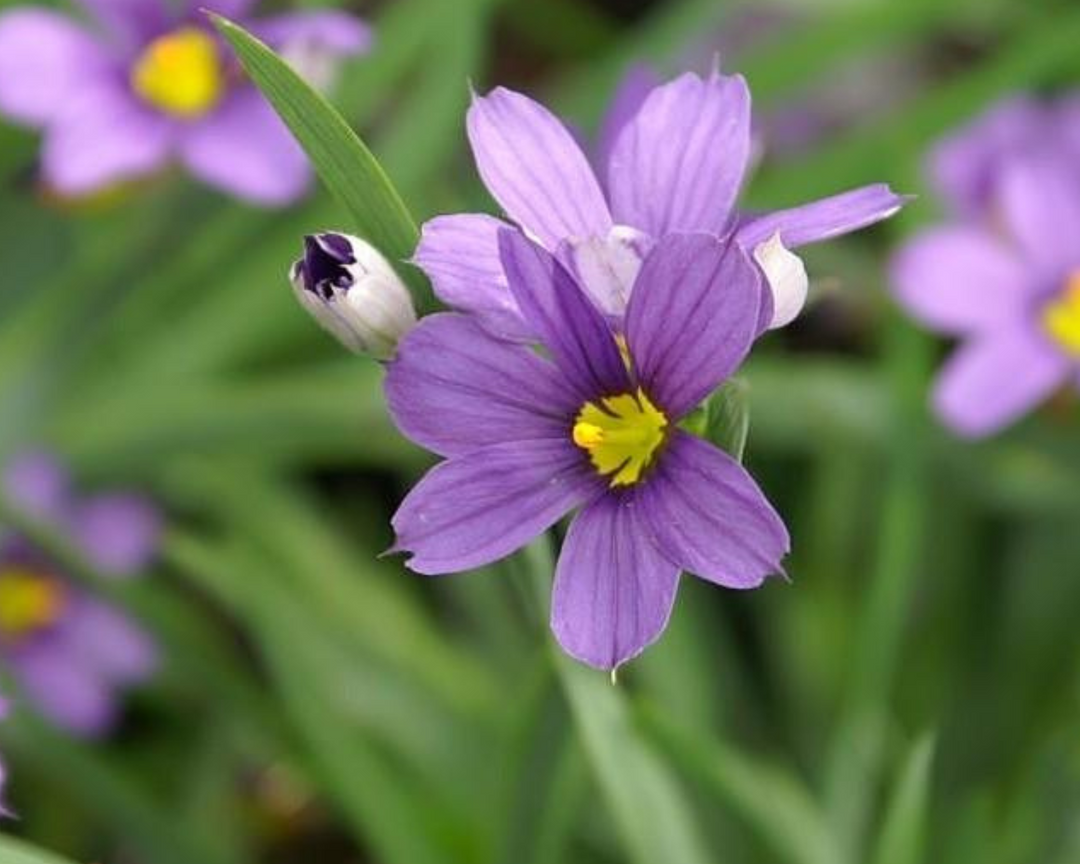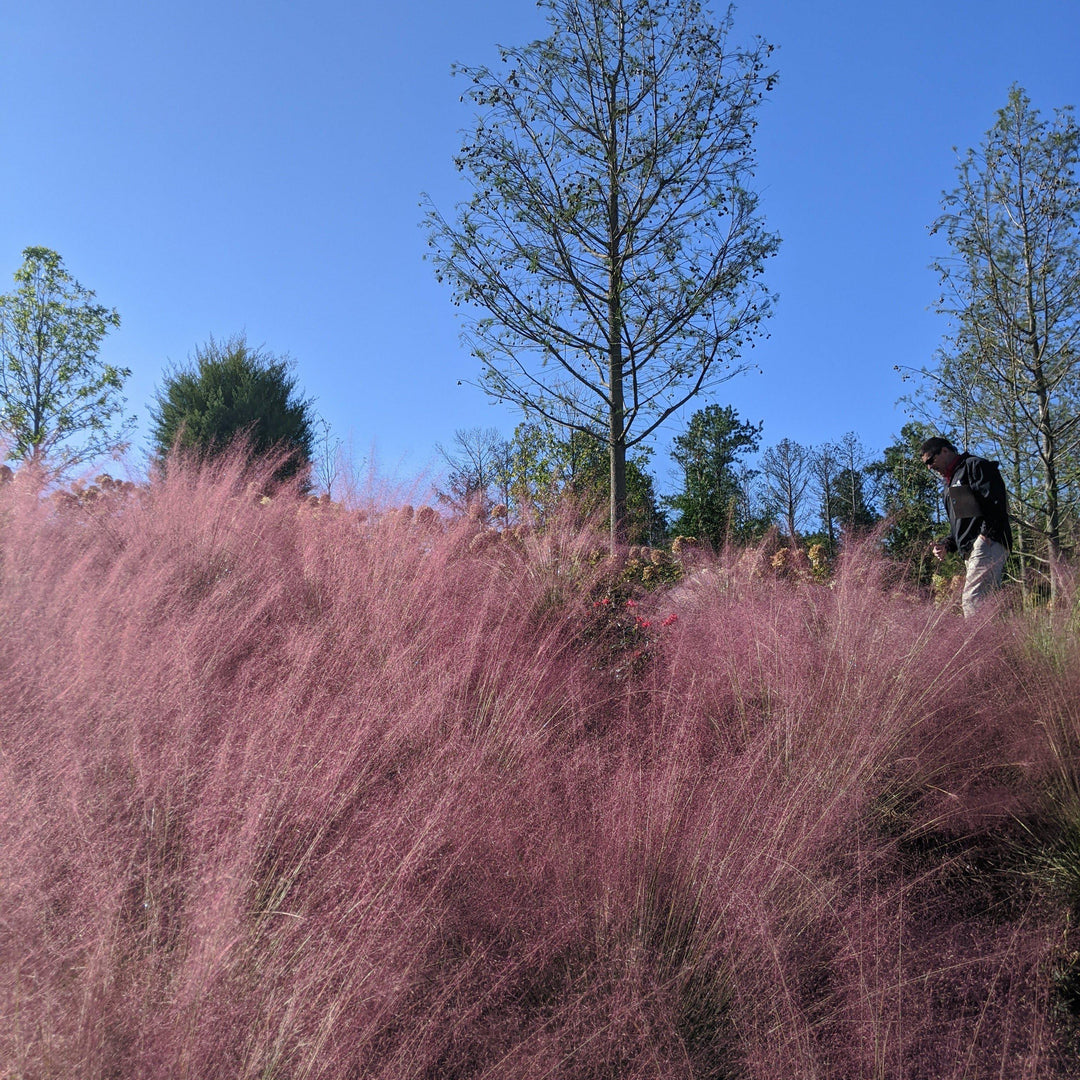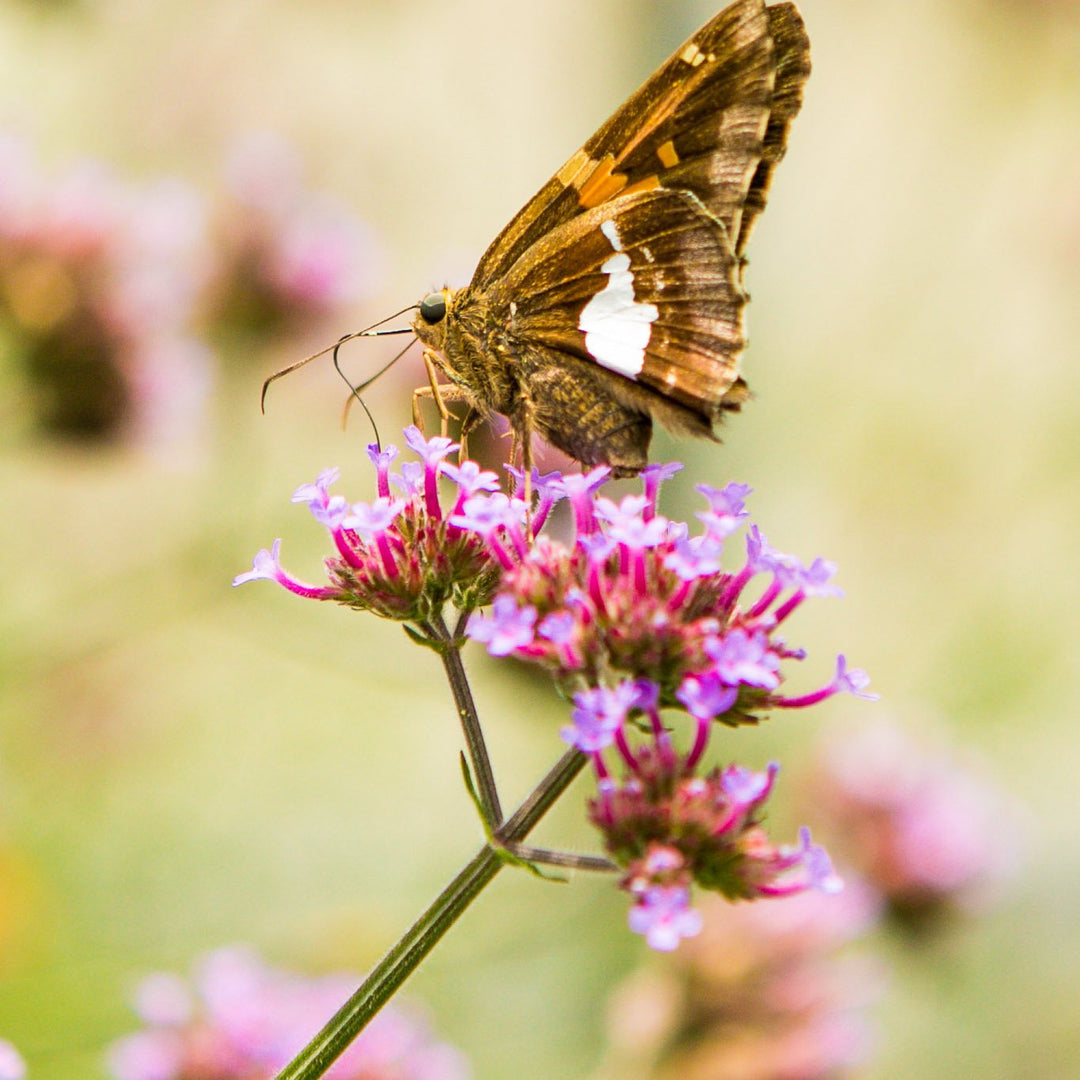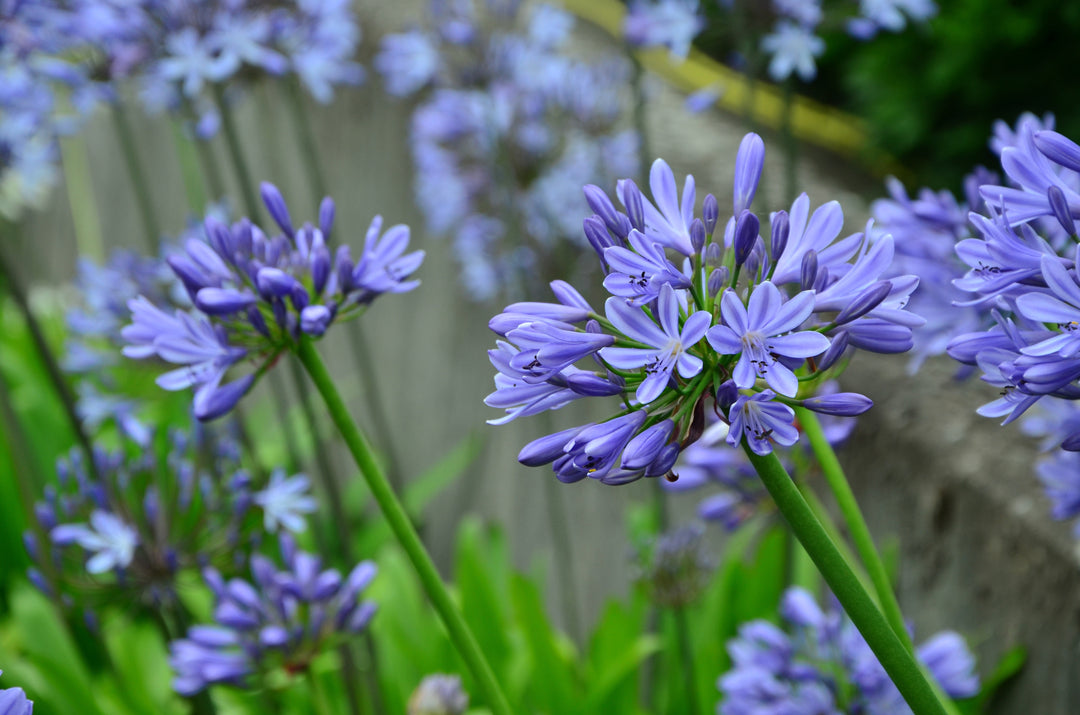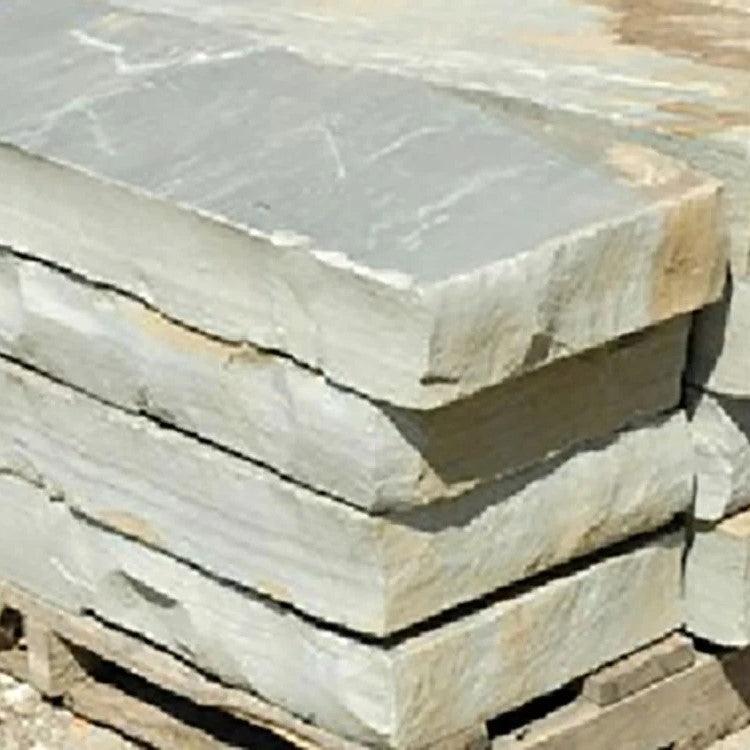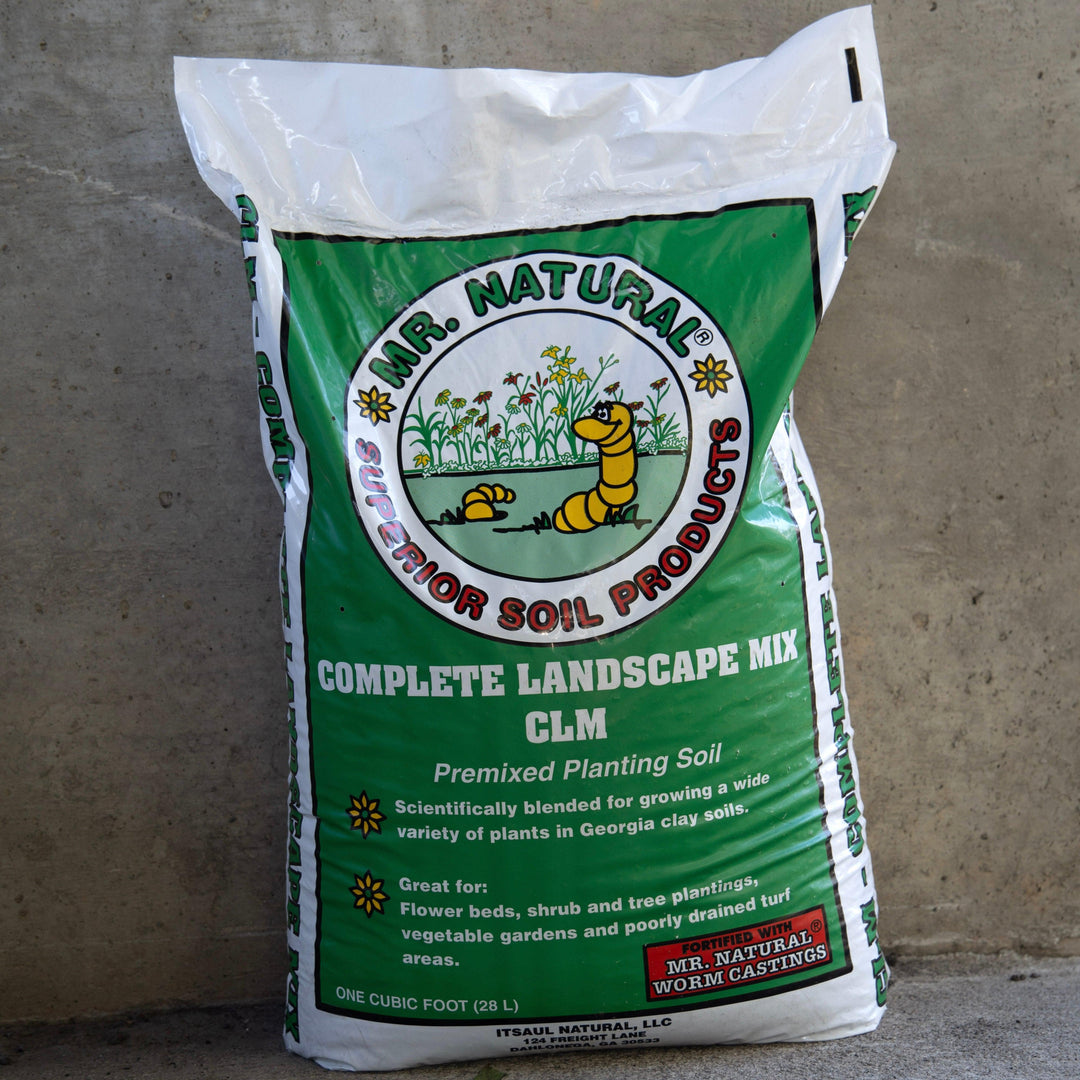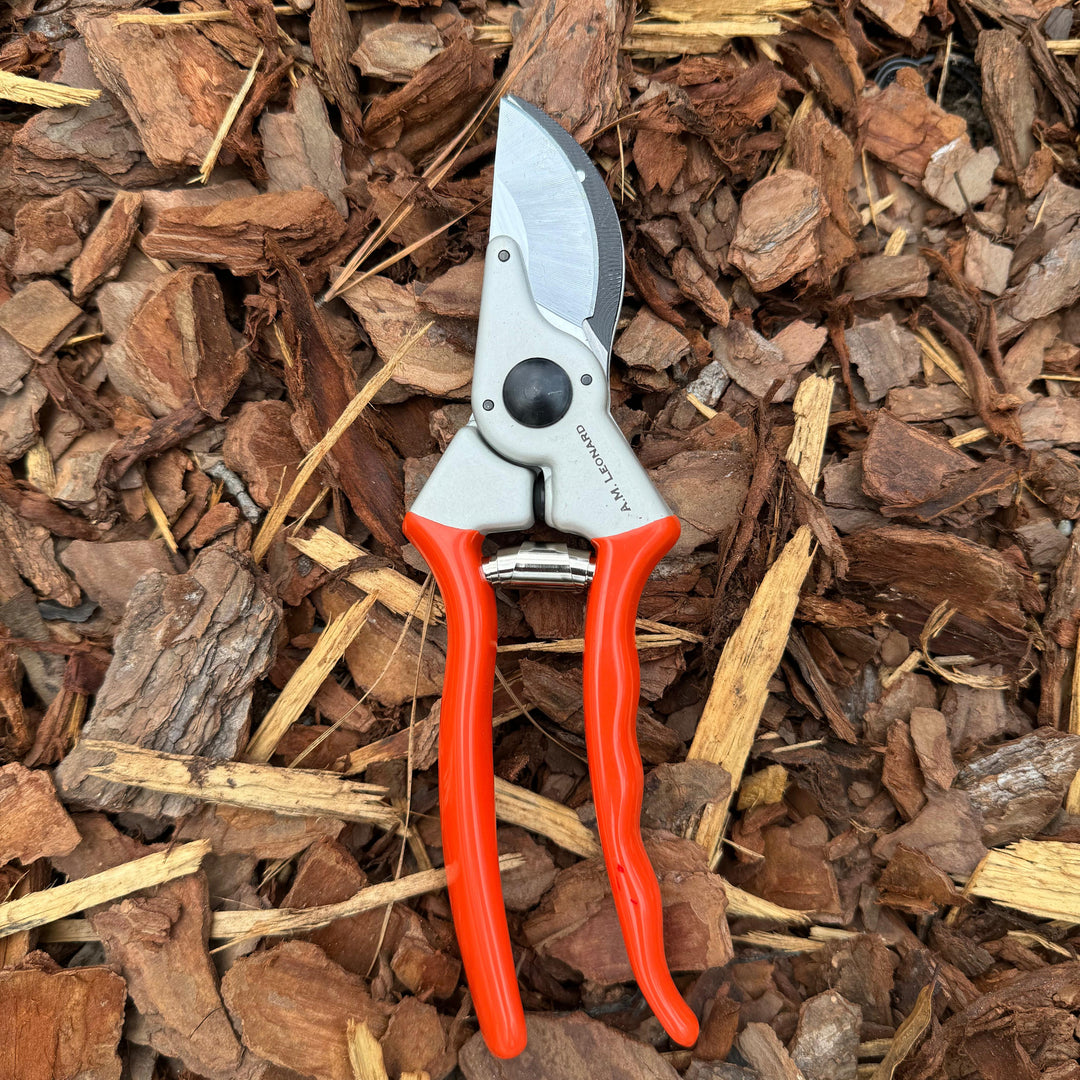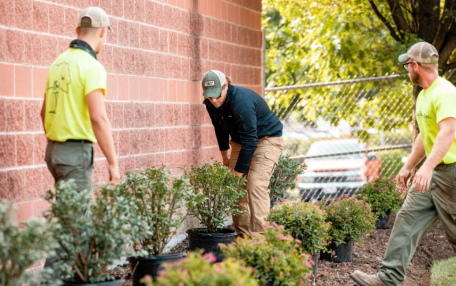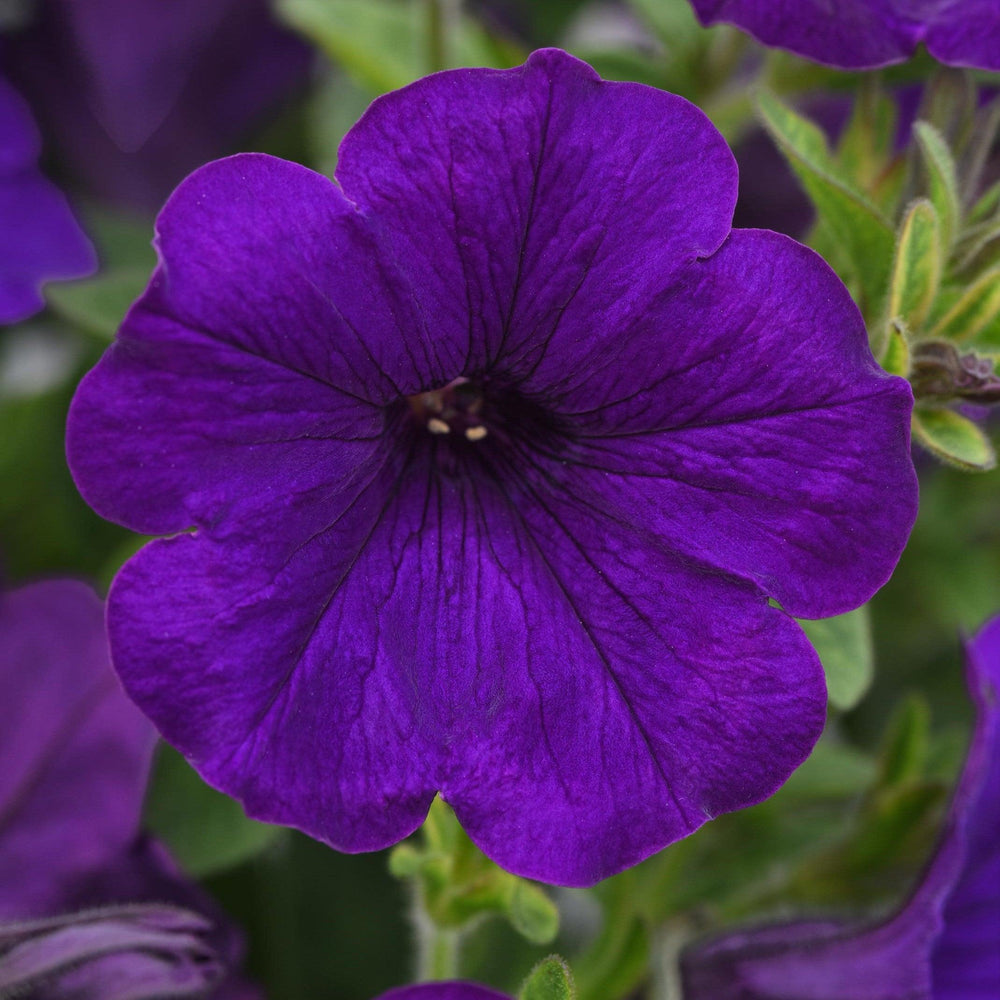Planting Big Blue Lily Turf: An Atlanta Guide to Growing Liriope Muscari
Liriope muscari, commonly known as “Big Blue” Lily Turf (Liriope muscari), is a beautiful and versatile plant. If you're thinking of planting Monrovia’s Big Blue Lily Turf in your southern garden, there are a few things you should know to ensure your garden is a success.
In this article, we'll cover everything you need to know about growing Liriope muscari, from planting and caring for the plant to common pests and diseases that can affect it.
Understanding Liriope Muscari: Big Blue Lily Turf

Liriope muscari is a member of the Asparagus family and is native to East Asia. The plant is known for its striking appearance, with vibrant green leaves and spikes of lavender flowers that bloom in late summer. When planted in a group, it forms a dense carpet of foliage that can elevate the look of any garden.
But there's more to this plant than just its good looks. Liriope muscari is also known for its ability to attract pollinators such as bees and butterflies, making it an important addition to garden ecosystems.
Characteristics of Big Blue Lily Turf
Big Blue Lily Turf is a low-growing evergreen plant that can reach heights of up to 18 inches. Its leaves are long and narrow, and its flowers bloom on erect spikes that can grow up to two feet tall. The plant is hardy and can survive in a range of soil types and environments, making it an ideal choice for gardens in the greater Atlanta area.
One of the most unique characteristics of Monrovia’s Big Blue Lily Turf is its ability to thrive in both sun and shade. This makes it a versatile plant that can be used in a variety of garden settings.
Ideal Growing Conditions for Liriope Muscari
While Liriope muscari is adaptable to different environments, it does prefer certain conditions for optimal growth. The plant thrives in partial shade and well-draining soil. When choosing a location for your Monrovia Big Blue Lily Turf, you should find an area that gets at least six hours of sun a day but is protected from the intense rays of the midday sun.
It's also important to note that Liriope muscari is a drought-tolerant plant, meaning it can survive periods of low rainfall without needing to be watered. This makes it an excellent choice for gardeners who live in areas with hot, dry summers.
Benefits of Planting Monrovia’s Big Blue Lily Turf in Your Garden
There are many benefits to planting Monrovia’s Big Blue Lily Turf in your Atlanta area garden. First and foremost, it's an easy and low-maintenance plant to grow, making it perfect for novice gardeners.
Additionally, the plant's vibrant green leaves and spikes of flowers can add color and texture to your garden, making it more attractive. Big Blue Lily Turf is also known for its ability to prevent soil erosion, making it a useful plant for gardens on slopes or hills.
But perhaps one of the biggest benefits of Big Blue Lily Turf is its ability to improve air quality. Like all plants, Liriope muscari absorbs carbon dioxide and releases oxygen through photosynthesis. This can help to reduce air pollution and create a healthier environment for you and your family to enjoy.
So if you're looking for a plant that's both beautiful and beneficial, look no further than Monrovia’s Big Blue Lily Turf.
Preparing Your Garden for Planting
Preparing your garden for planting can be an exciting and rewarding experience. Not only will you be able to enjoy the beauty of your plants, but you'll also be able to take pride in the work you've done to create a healthy and thriving garden. Here are some additional tips to help you prepare your garden for planting Big Blue Lily Turf.
Choosing the Right Location
Choosing the right location for your Big Blue Lily Turf is crucial to its success. In addition to partial shade and well-draining soil, you should also consider the overall environment of your garden.
Are there any nearby trees or shrubs that could compete for resources? Is the location protected from strong winds? These factors can all impact the growth and health of your plants.
Another consideration when choosing the location for your Big Blue Lily Turf is the aesthetic appeal of the area. Consider planting it near other plants with complementary colors or textures to create a visually appealing garden.
Soil Preparation and Amendments
Soil preparation is an essential step in ensuring the health and vitality of your Big Blue Lily Turf. In addition to removing any weeds or debris, you should also consider amending the soil with organic matter. Compost and well-rotted manure can help improve the soil's texture and drainage, providing a healthy environment for your plants to thrive.
It's also important to consider the pH level of your soil. Big Blue Lily Turf prefers a mildly acidic soil with a pH range of 6.0 to 7.0. If your soil's pH is too high or too low, you may need to add amendments to adjust it to the appropriate level.
Proper Drainage and Watering Requirements
Proper drainage is essential for the health of your Monrovia Big Blue Lily Turf. If the soil is too compacted, it can lead to poor drainage and root rot. To improve drainage, you can add sand or perlite to the soil to help create air pockets.
When it comes to watering your Big Blue Lily Turf, it's important to find a balance between keeping the soil moist and avoiding overwatering. Deep watering once a week is typically sufficient, but you should monitor the soil's moisture level and adjust your watering schedule accordingly. If the soil is consistently wet, it can lead to root rot and other issues.
By following these tips, you can create a healthy and thriving garden for your Big Blue Lily Turf to call home.
Planting and Caring for Your Big Blue Lily Turf

When to Plant Liriope Muscari in Atlanta
The best time to plant Big Blue Lily Turf in the Atlanta area is in the spring or fall when the weather is cool and moist. Planting during these periods provides the plant with enough time to establish a strong root system before the summer, which can be harsh on newly planted vegetation.
Spring is an excellent time to plant Big Blue Lily Turf because the soil is starting to warm up, and the days are getting longer. This provides the plant with the necessary warmth and sunlight to grow and establish itself. In contrast, fall planting allows the plant to establish itself before the cold winter months, ensuring that it will come back strong in the spring.
Planting Techniques and Tips
When planting your Big Blue Lily Turf, you should ensure that the planting holes are twice the width of the root ball and slightly deeper. The plant should be placed in the hole so that the top of the root ball is level with the ground. After planting, the soil should be firmed around the root ball to eliminate any air pockets.
It's also essential to choose the right location for your Big Blue Lily Turf. The plant thrives in partial shade to full shade, making it an excellent choice for areas with limited sunlight. Additionally, the soil should be well-draining, as the plant does not tolerate standing water.
Ongoing Maintenance and Care
To ensure that your Big Blue Lily Turf remains healthy and attractive, it's essential to provide it with proper care and maintenance. The plant should be fertilized once a year with a slow-release fertilizer, and any dead or damaged leaves or flowers should be removed regularly.
Regular watering is also crucial for the health of your Big Blue Lily Turf. The plant prefers moist soil but can tolerate short periods of drought. However, prolonged drought can lead to stress and damage to the plant. It's essential to water the plant deeply, ensuring that the water reaches the root system.
Additionally, you should control any weeds that may grow around the plant to prevent competition for nutrients and moisture. Mulching around the plant can also help retain moisture and suppress weed growth.
Pruning is not necessary for Monrovia’s Big Blue Lily Turf, but it can help maintain the plant's shape and appearance. If the plant becomes too dense, you can thin it out by removing some of the older leaves or dividing the plant.
In conclusion, planting and caring for Big Blue Lily Turf is relatively easy, and the plant can add a beautiful touch to any landscape. By following these tips and techniques, you can ensure that your Big Blue Lily Turf remains healthy and attractive in the future.
Common Pests and Diseases Affecting Liriope Muscari
Identifying and Treating Common Pests
Big Blue Lily Turf is relatively pest-resistant, but there are a few pests that can affect it. These include aphids, spider mites, and mealybugs.
The pests can usually be controlled by spraying the plant with insecticidal soap or neem oil. You can also introduce natural predators like ladybugs and lacewings to help control the pests.
Preventing and Managing Diseases
Liriope Muscari is susceptible to a few diseases, including leaf spot and crown rot. The diseases are usually caused by overwatering or poor drainage and can be prevented by ensuring that the plant is grown in well-draining soil and not overwatered.
If you notice any signs of disease, such as yellowing or wilting leaves, you should remove the affected leaves and treat the plant with a fungicide.
Tips for Keeping Your Big Blue Lily Turf Healthy
Finally, here are a few tips for keeping your Big Blue Lily Turf healthy:
- Water deeply once a week
- Remove any dead or damaged leaves or flowers regularly
- Control any weeds that may grow around the plant
- Fertilize once a year with a slow-release fertilizer
- Protect the plant from strong winds
By following these tips, you can ensure that your Big Blue Lily Turf remains healthy and vibrant.
In conclusion, if you're looking for a low-maintenance, attractive, and versatile plant to add to your garden in the greater Atlanta area, Monrovia’s Big Blue Lily Turf is an excellent choice. By following the guidelines and tips in this article, you can ensure that your garden thrives with this beautiful plant. Happy planting!

Click here if you’d like to purchase this plant.
If you need any advice or tricks/tips in creating the garden of your dreams, we are here to make those dreams come true! Connect with us here, or chat with us via the chat button on the bottom of any page on our website.
To create a landscape that gives you joy every time you walk out your door or look out your window, it’s important to have a design plan in place. Learn more about our elite Designer Marketplace platform, which allows you to select easily from a list of expert landscape designers, landscape architects, and more.
Click here to view more plants from the beautiful Monrovia® collection.

